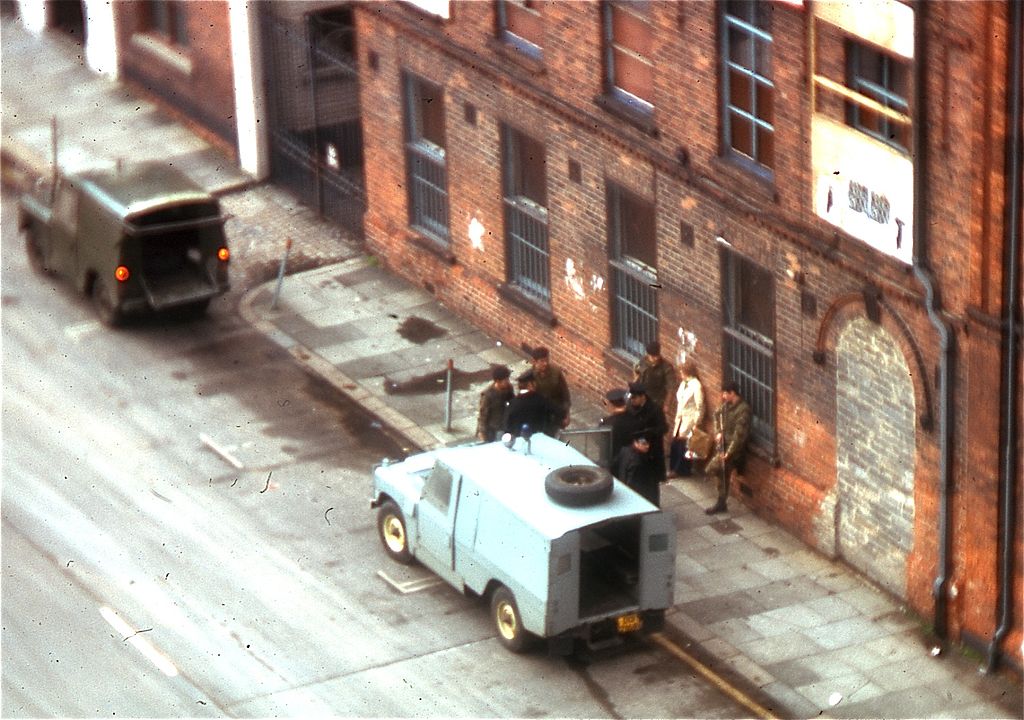
- Select a language for the TTS:
- UK English Female
- UK English Male
- US English Female
- US English Male
- Australian Female
- Australian Male
- Language selected: (auto detect) - EN
Play all audios:
As Americans debate the Senate torture report, it may be of some comfort to remember that we are not the only democracy to grapple with such issues in recent history. A useful reminder of
this fact is an insightful chapter by Professor Richard Aldrich of Warwick University on Britain’s postwar experience with coercive interrogation in the edited volume _Learning from the
Secret Past: Cases in British Intelligence History_. In the course of conflicts in Aden and Northern Ireland during the 1960s and the 1970s, the United Kingdom faced the problem of how to
treat detainees who might have valuable information. During the conflict in Aden, Amnesty International brought the issue of harsh interrogation to public attention. This led the Joint
Intelligence Committee to issue a set of strict guidelines on interrogations—informally known as “The Bible.” When the “Troubles” broke out in Northern Ireland, part of the United Kingdom
itself, the British Army ignored The Bible and invented additional and highly problematic procedures. Again, the issue broke out into public view. The treatment of detainees in the Aden and
Northern Ireland conflicts spawned three separate government inquiries in seven years. In 1971, the details of abuse described in one of them, the Compton Inquiry report, led Cabinet
ministers to ask Dick White, the Cabinet Office intelligence coordinator and former head of MI5 and MI6, to look at certain controversial interrogation methods. These included
“wall-standing” (a form of stress position), hooding, and white noise. White’s brief recommendations are available in _Learning from the Secret Past: Cases in British Intelligence History_.
White recommended that these three techniques should remain in the kit bag, but he also urged limits on their use and duration. Much as the half-measure of ending waterboarding in 2003 but
retaining other “enhanced interrogation techniques” did not prove politically sustainable in the United States, White’s recommendations did not stand for long. Another public report, the
Parker Report, followed in 1972. This forced Prime Minister Edward Heath, rather against his will, to ban coercive interrogations altogether. Meanwhile, however, the government of Ireland
had already brought a complaint of torture to the European Court of Human Rights. Initial rulings held that the United Kingdom had, indeed, engaged in torture through the use of these
techniques. Ultimately, however, the court decided that the British government was guilty of the lesser infraction of inflicting “inhuman and degrading treatment” in contravention of the
European Convention on Human Rights. Aldrich reports that the United Kingdom has not practiced these techniques since 1972. Among the lessons that Aldrich derives in his chapter are that
“pressure for abandonment of sensible interrogation guidelines is most likely to occur in the context of unexpected emergencies” and that “interrogation measures rarely stay secret for
long.” To this I might add that democracies are not infallible, but they are better than others at self-correcting and that those Europeans who may be tempted to engage in essentialist
critiques of the United States on the question of torture ask what their parents’ generation did in their own wars. _Mark Stout is a Senior Editor at War on the Rocks. He is the Director of
the __MA Program in Global Security Studies__ and the __Graduate Certificate Program in Intelligence __at Johns Hopkins University’s School of Arts and Sciences in Washington, D.C._ Photo
credit: GeorgeLouis







